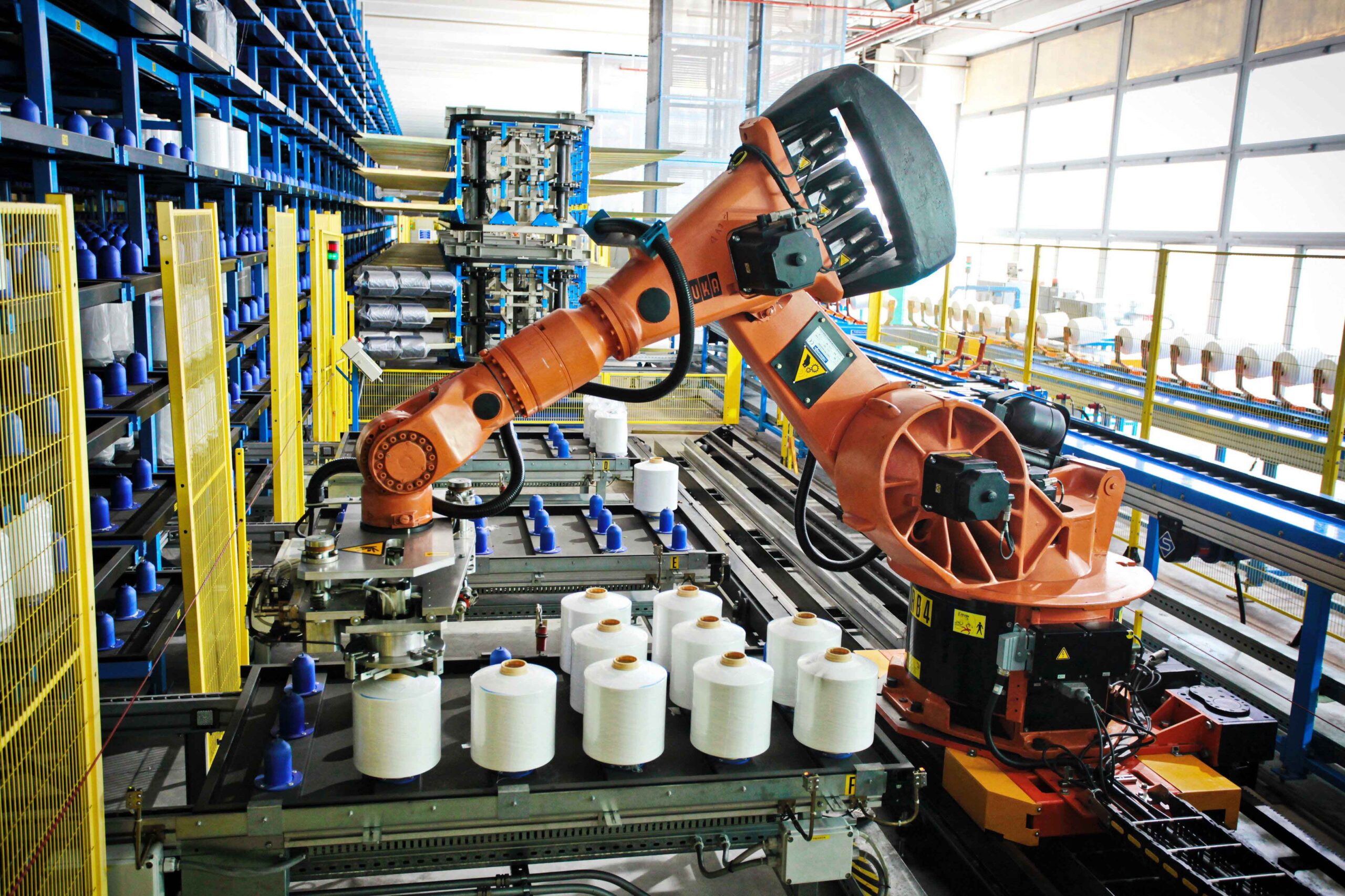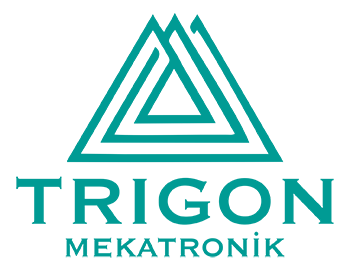Textile Production Process Automation
The textile industry is a large industry. It provides employment to billions of people worldwide. It meets the basic clothing needs of a person. The world cannot be imagined without this industry. If textile retail stores and manufacturing industries disappear from the Earth's surface, the entire structure of the world could change. There are billions of textile factories and production facilities in the world.
There is no doubt that the way textile factories operate has changed significantly in recent years. Modernization has touched every sector in the world. Textile production facilities are no exception! Machinery and software began to be used in large quantities. In recent years, spinning, weaving, dyeing and printing techniques and garment production have greatly improved.
A range of machines are available for the textile industry. In fact, there are machines for almost every stage of textile production. Some companies take advantage of whole machines and fully automate their units. On the other hand, there are some companies that make use of a limited number of machines. They are semi-automatic textile production units. Both have their pros and cons.
Applications
Whether in mill preparation, yarn manufacture, fabric manufacture, finishing or assembly, we can use thread guide rollers, easy-to-mount radial thrust ball bearings and housing units for machines in mill preparation, Triondur coated cages in needle felting machines, and in embroidery machines, embroidery devices, textile printing machines and linear guide systems in many other textile machines.









